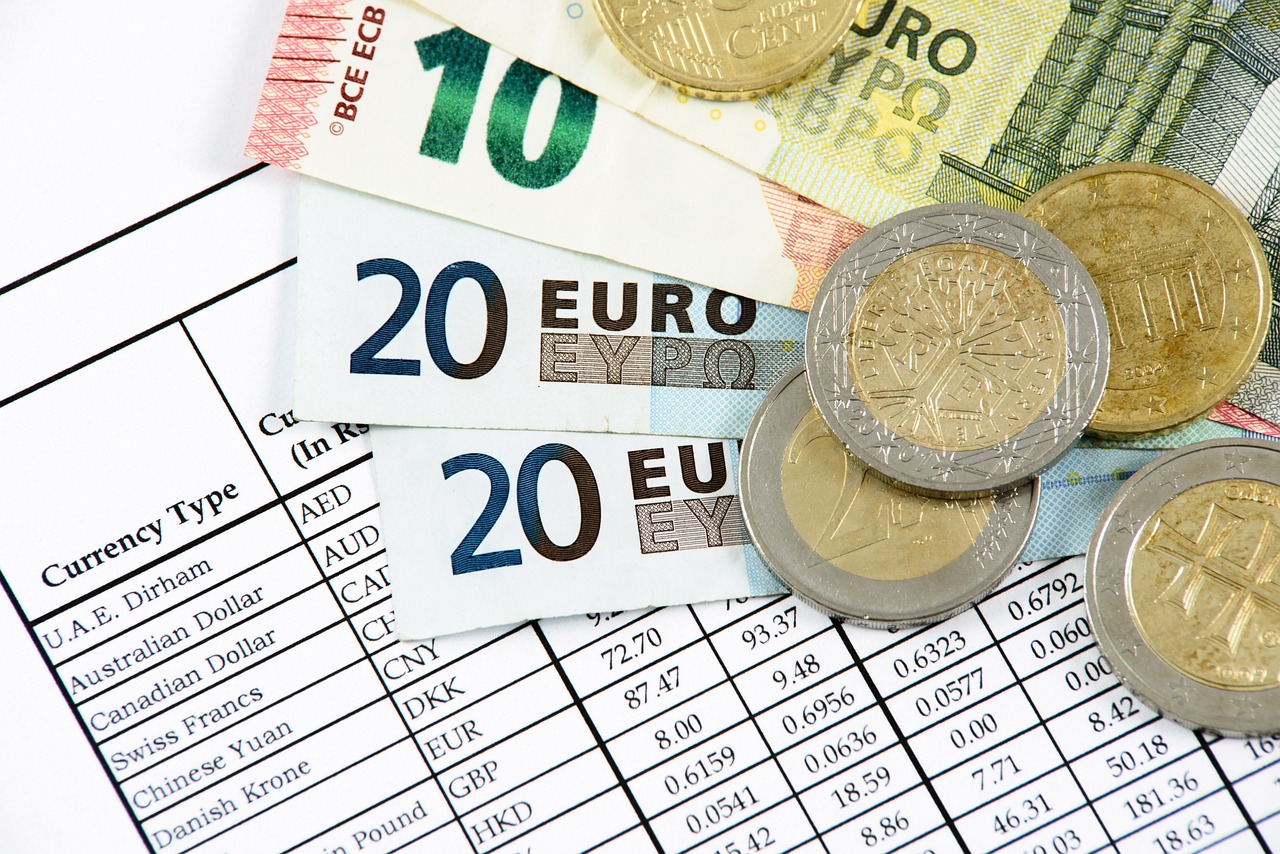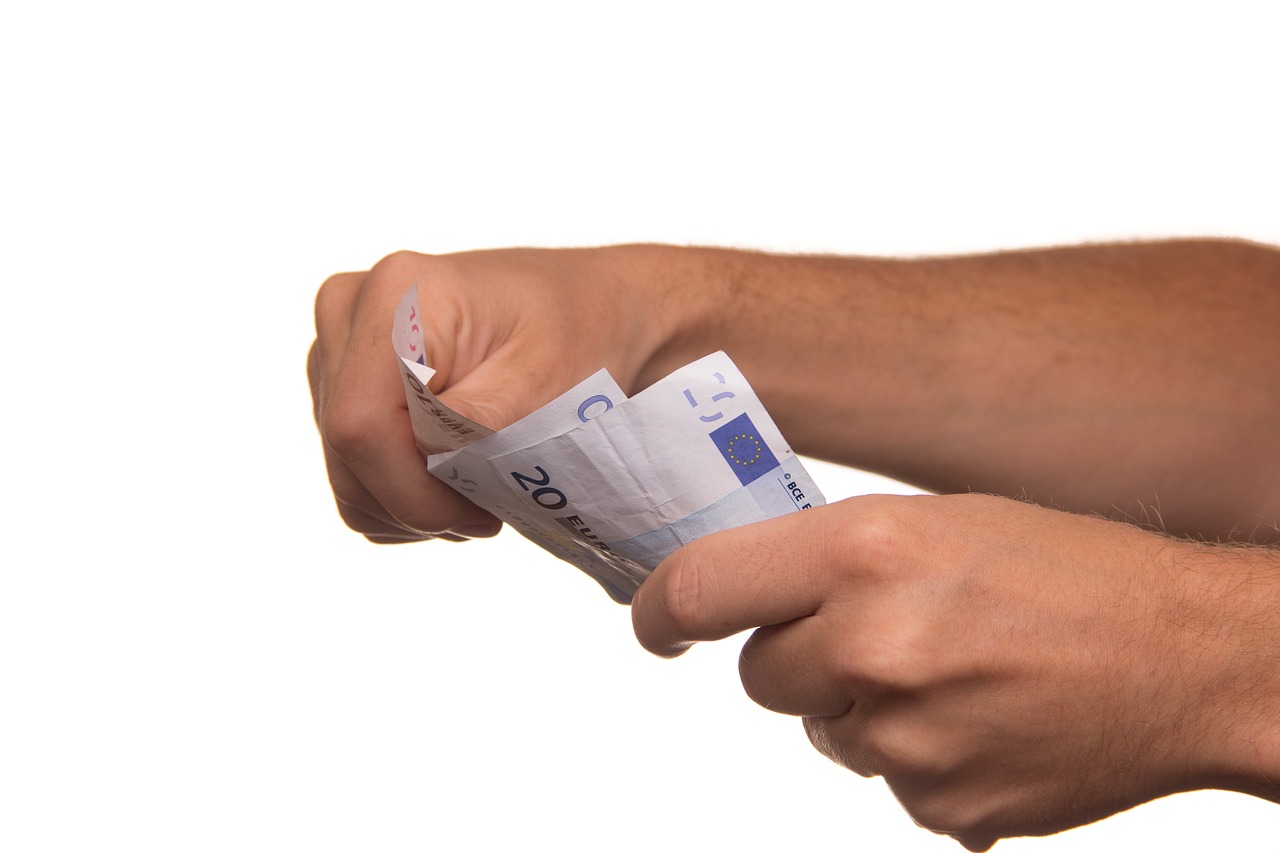Euro-to-Dollar Exchange Rate: Key Factors, 2026 Forecast, Conversion Methods, Fees, and Best Time to Exchange
GPT_Global - 2025-10-24 12:30:36.0 223
How does the foreign exchange market (Forex) determine the euro-dollar rate?
The foreign exchange market (Forex) plays a crucial role in determining the euro-dollar (EUR/USD) exchange rate. This exchange rate reflects how much one currency is worth in terms of another, in this case, the euro and the U.S. dollar. Several factors influence this rate, including economic indicators, interest rates, political stability, and market sentiment.
The EUR/USD rate fluctuates as investors and traders buy or sell currencies based on their expectations of economic performance in the Eurozone and the United States. If the European Central Bank raises interest rates, for example, the euro may appreciate against the dollar, as higher rates attract foreign investments. Similarly, U.S. economic reports or political events can lead to shifts in the exchange rate.
For remittance businesses, understanding the Forex market is essential for providing competitive rates and minimizing risks in currency exchange. By staying informed about global financial trends, businesses can offer better services to clients sending money internationally. Managing exchange rate fluctuations ensures that clients receive optimal value for their transfers.

What is the forecast for the euro-to-dollar exchange rate in 2026?
The euro-to-dollar exchange rate is a crucial factor for remittance businesses, as fluctuations in currency value directly impact the cost and efficiency of international money transfers. As we look toward 2026, the forecast for the euro-to-dollar exchange rate remains uncertain, with several economic factors at play.
Analysts predict that the euro may strengthen against the dollar due to Europe’s economic recovery post-pandemic, and tighter monetary policies in the U.S. could further influence the exchange rate. However, geopolitical tensions and global inflation may cause volatility, which could impact remittance rates.
For remittance businesses, understanding these potential shifts is vital. Exchange rate trends in 2026 could mean lower or higher costs for transferring money from the eurozone to the U.S. Depending on the exchange rate, businesses may need to adjust their strategies to maintain competitive fees and ensure smooth, cost-effective transactions for their customers.
Staying informed about the forecasted euro-to-dollar exchange rate in 2026 will help remittance providers offer accurate estimates to their customers and minimize unexpected costs. Keeping an eye on these trends will help businesses remain agile in a constantly changing financial landscape.
Can I convert euros to dollars using a credit card abroad?
When traveling abroad, one common question travelers have is whether they can convert euros to dollars using a credit card. The short answer is yes, but with some important considerations.
Most credit cards offer foreign currency conversion, meaning they can be used to make purchases in euros and have them converted to dollars. However, the exchange rate provided by the credit card issuer might not always be favorable. Credit card companies typically add a markup on the exchange rate, which can make transactions more expensive compared to other methods of currency conversion.
Additionally, credit card companies often charge foreign transaction fees, usually around 3%, on each international purchase. To avoid these fees, consider using a credit card specifically designed for international use that doesn't charge foreign transaction fees.
For those looking for better exchange rates or avoiding credit card fees, using a remittance service could be an alternative. These services often offer competitive rates and lower fees when converting currencies, making them an attractive option for international travelers.
In conclusion, while converting euros to dollars using a credit card abroad is possible, it's essential to be aware of exchange rates and additional fees. For better value, explore remittance services to ensure you get the most out of your money.
Why do some online currency converters show different euro-to-dollar rates?
When sending money internationally, it's crucial to understand why different online currency converters may show varying exchange rates for euro-to-dollar conversions. The reason for these discrepancies lies in the sources of the exchange rates used by different platforms. Some converters pull rates directly from banks or financial institutions, while others rely on aggregated data from multiple sources or real-time market fluctuations.
Additionally, online currency converters may include different transaction fees or commissions, which can influence the rates displayed. A converter that is more transparent about fees may show a seemingly lower rate compared to one that hides these costs. It's important to compare both the exchange rate and the hidden fees to get the most accurate conversion rate.
For a remittance business, this variation in exchange rates can significantly affect the amount received by the recipient. To ensure customers get the best deal, a transparent and reliable currency conversion tool is essential. Always choose a platform that offers competitive rates without hidden charges to optimize your remittance services.
How do transaction fees influence real euro-to-dollar conversion rates?
Transaction fees play a crucial role in determining the real euro-to-dollar conversion rates in remittance businesses. When sending money across borders, the exchange rate offered by a service provider often doesn’t reflect the mid-market rate, which is the true rate banks use. Instead, companies incorporate transaction fees into the exchange rate they offer, thus influencing the actual amount the recipient receives.
These fees can significantly impact the cost of remittances. A high transaction fee means the sender will receive fewer dollars for the same amount of euros, increasing the overall cost of the transfer. Conversely, lower fees can make a remittance more affordable, providing better value for the sender and recipient alike.
For businesses in the remittance sector, understanding how transaction fees affect conversion rates is essential. Offering transparent and competitive rates can help attract more customers and enhance customer loyalty. By minimizing fees, companies can optimize the transfer process and provide real-time value, making them more appealing to clients who need to send money across borders at favorable rates.
How do economic indicators like GDP affect the euro-to-dollar rate?
Economic indicators such as Gross Domestic Product (GDP) play a crucial role in influencing the euro-to-dollar exchange rate. A country’s GDP reflects the overall health and growth of its economy, which directly affects investor confidence and currency demand. When the Eurozone’s GDP grows faster than that of the United States, the euro often strengthens against the dollar, making it more valuable in the forex market. For the remittance industry, these currency fluctuations have a significant impact on transfer values. A stronger euro means that recipients in Europe receive more local currency per dollar sent, while a stronger dollar benefits those sending money from Europe to the U.S. Understanding these trends allows remittance businesses to offer better exchange rate strategies and competitive services to customers. Monitoring economic indicators like GDP helps remittance providers anticipate market shifts and adjust their pricing or transfer timing. By staying informed, both businesses and senders can optimize transfers and reduce losses due to currency volatility. In a competitive remittance market, knowledge of GDP trends and exchange rate movements can make a crucial difference in maximizing value and customer satisfaction.What time of day is best to exchange euros for dollars?
When it comes to exchanging euros for dollars, timing can make a noticeable difference in the rate you receive. Currency exchange rates fluctuate throughout the day based on global market activity, so choosing the right time can help you get more value for your money.
The best time of day to exchange euros for dollars is typically during overlapping trading hours between the European and U.S. markets — around 8:00 AM to 12:00 PM Eastern Time (2:00 PM to 6:00 PM Central European Time). During this period, liquidity is high, and spreads are tighter, meaning you can often get a better exchange rate.
For remittance businesses and individuals sending money abroad, monitoring market trends before making a transfer can help maximize returns. Many online remittance platforms even offer rate alerts, allowing you to lock in favorable rates when they appear. By exchanging currency during peak trading hours, you can reduce costs and make your money go further.
About Panda Remit
Panda Remit is committed to providing global users with more convenient, safe, reliable, and affordable online cross-border remittance services。
International remittance services from more than 30 countries/regions around the world are now available: including Japan, Hong Kong, Europe, the United States, Australia, and other markets, and are recognized and trusted by millions of users around the world.
Visit Panda Remit Official Website or Download PandaRemit App, to learn more about remittance info.



